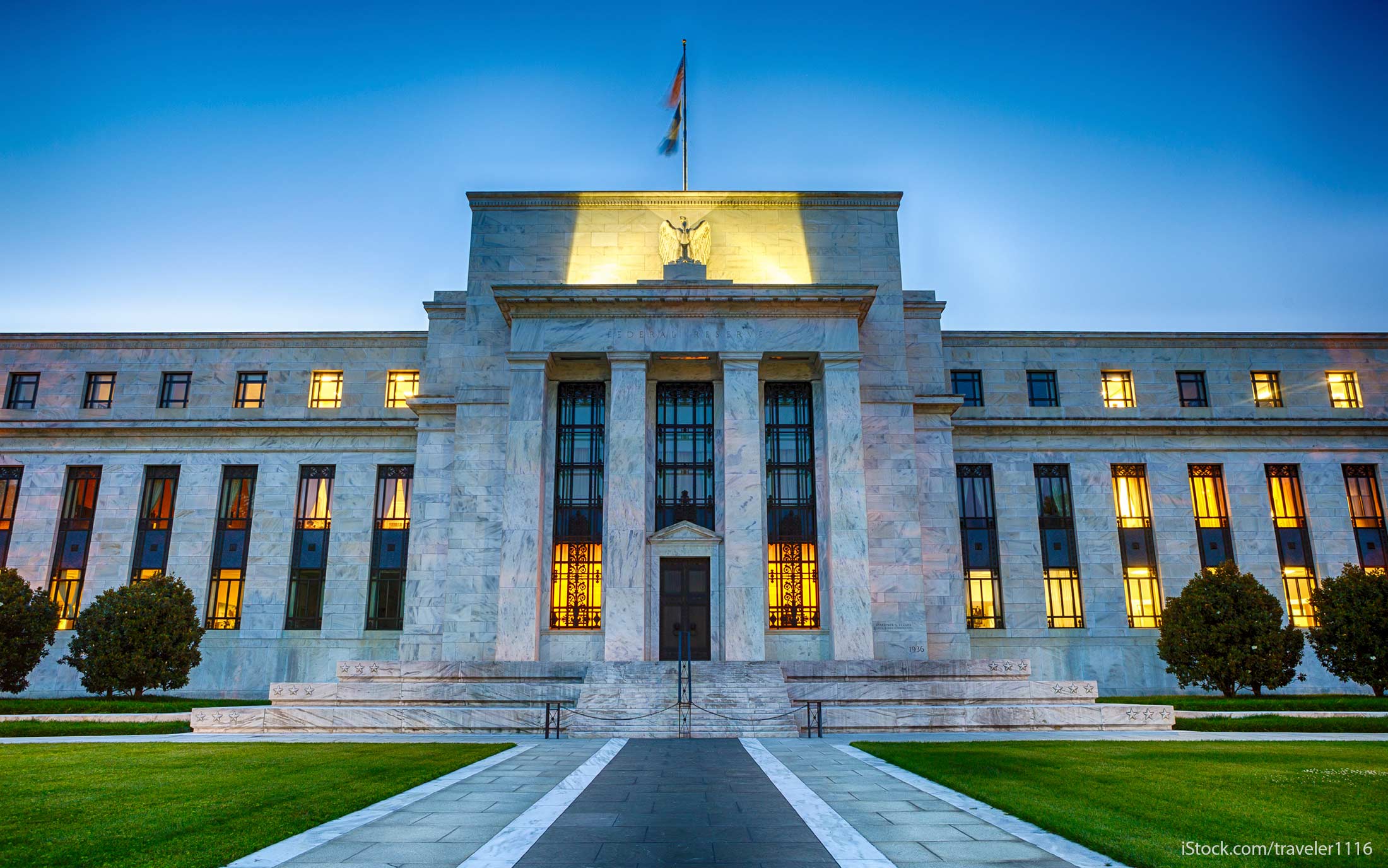The Federal Reserve approved its second rate hike of 2017 even amid expectations that inflation is running well below the central bank's target.
In addition, the Fed provided more detail on how it will unwind its $4.5 trillion balance sheet, or portfolio of bonds that includes treasuries, mortgage-backed securities and government agency debt, news outlets reported.
As financial markets had anticipated, the policymaking Federal Open Market Committee increased its benchmark target a quarter point. The new range will be 1% to 1.25% for a rate that currently is 0.91%.
The level impacts most adjustable-rate and revolving debt like credit cards and home equity loans. The prime rate that banks use as a baseline for interest rates usually rises immediately after the Fed makes a move.
The central bank now believes inflation will fall well short of its 2% target this year.
China's central bank left interest rates for open market operations unchanged on Thursday, despite its US counterpart increasing its key policy rate overnight.
The rate for seven-day reverse repurchase agreements remained at 2.45%, the 14-day tenor at 2.60% and the 28-day tenor at 2.75%, the People's Bank of China said in a statement on its website. China's benchmark one-year lending and deposit rates have remained unchanged since October 2015.
China's central bank injected the largest amount of cash into the financial system on a single day since mid-January, after choosing not to follow the Federal Reserve with an interest-rate increase amid signs of growing financial stress in the world's second-largest economy.
The move by the People's Bank of China suggests Beijing is taking a more accommodative and conciliatory approach to its continuing campaign to prevent financial risk and piercing asset bubbles via higher borrowing costs and tighter supply of money.
Chile's central bank held the benchmark interest rate at 2.5% on Thursday, as widely expected, and maintained its neutral bias. The bank has cut the interest rate 100 basis points in 2017 in a bid to stimulate flagging economic growth in the copper exporter, but indicated last month that its easing cycle was over, Reuters reported.
UK interest rates have been kept on hold at 0.25%, but in a surprise move, three of the Bank of England's rate-setting committee backed a rate rise. The 5-3 vote by the bank's policymakers was the closest for a rate rise since 2007 and comes with inflation close to a four-year high of 2.9%. Inflation is now well above the bank's target rate of 2%.
Turkey's central bank kept its main interest rates steady on Thursday, in line with market expectations, as it continues to battle against double-digit inflation. The central bank kept its late liquidity window at 12.25%. It left its benchmark repo rate on hold at 8%.
The Swiss National Bank also kept interest rates unchanged at record lows, citing the strong currency and an absence of price pressures. In a move predicted by all 26 economists in a Bloomberg survey, the central bank held its deposit rate at minus 0.75% on Thursday.
Indonesia CB Governor Agus Martowardojo and his board held the seven-day reverse repurchase rate at 4.75% on Thursday, as forecast by all 28 economists surveyed by Bloomberg.
Comparing Rate Hikes
The Federal Reserve's main interest rate target is still among the world's lowest, even after the central bank's first hike since 2006.
Of the 56 central banks in 75 countries, only Japan, Sweden and Switzerland were lower, and three of those are now at negative interest rates. Inflation-prone countries like Belarus, Ghana, and Ukraine were at the top with interest rates above 20%.
Like the Fed, many central banks manage multiple interest rates, but the data below only include the main policy rates as defined by FactSet. Some other rates, like Europe's deposit rate, have dropped lower than the main rates and into negative territory, but they don't show up here.
The highest central bank rate in the world belongs to Belarus at 28.5%. The lowest is Switzerland at minus 0.75%.
In the last year, the biggest percentage rate hikes were in Ghana, Kenya, Ukraine, and Brazil. Russia, Serbia, Pakistan, and Botswana have made the biggest cuts to their main rates. Overall, 45% of the central banks above lowered their rates in the last year, 29% increased their rates and the rest didn't change over that period.


